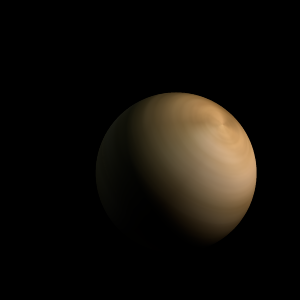|
|
Space Astro
|
Info for exoplanet "Teserus Is"
| Scientific (actual) data |
|---|
| Name | Kepler-53 c |
| Planet status | Confirmed |
| Planet mass | 0.11 |
| Radius | 0.283 |
| Orbital period | 38.5583 |
| Discovered | 2012 |
| Updated | 2023-01-13 |
| Tconj | 2455000 |
| Tzero tr | 2455000 |
| Publication | Published in a refereed paper |
| Detection type | Primary Transit |
| Mass measurement type | Spectrum |
| Radius measurement type | Theoretical |
| Alternate names | 2MASS J19215082+4033448 c, K00829.03, KIC 5358241 c, KOI-829 c, KOI-829.03, WISE J192150.81+403344.9 c |
| Star name | Kepler-53 |
| Right ascension | 290.46° |
| Declination | 40.56° |
| Mag v | 16 |
| Mag j | 14.252 |
| Mag h | 13.906 |
| Star distance | 1420.1 |
| Star mass | 0.98 |
| Star radius | 0.89 |
| Star temperature | 5858 |
| Star alternate names | 2MASS J19215082+4033448, KIC 5358241, KOI-829, WISE J192150.81+403344.9 |
| Wikipedia article | Kepler-53 c |
Back
| |
| Fictional info (?) |
|---|
| Suggested name | Teserus Is |
| Planet type | Small cold gas planet |
| It is a small cold gas planet planet with a mass one-thousandth that of Kepler-53, but two-and-a-half times that of all the other planets in its solar system combined.
As seen from Kepler-53, in a frame of reference that rotates with the orbital motion, it appears to rotate only once every two years.
.
The volume of water ice in the south polar ice cap, if melted, would be sufficient to cover the entire planetary surface to a depth of 19 meters.
The outer atmosphere is visibly segregated into several bands at different latitudes, resulting in turbulence and storms along their interacting boundaries. |
| Atmosphere | Carbonyl sulfide | 61% |
| Hydrogen | 38% |
| Atmospheric pressure | 0.7 bar |
 |
| No known satellites |
| Google search for Teserus is |
|
Website by Joachim Michaelis
|
|
|
|